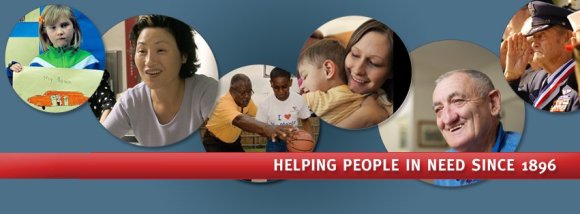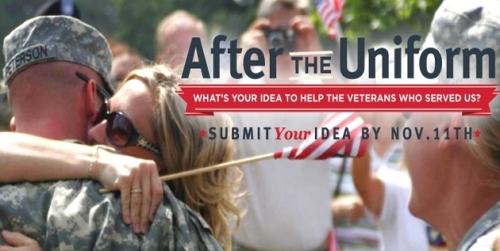 It used to be, if you wanted to draw attention a grass-roots cause, you had to go out canvassing door to door or stand on a street corner. I used to do this as a child with my father in Dallas, campaigning for political candidates in the 1960s.
It used to be, if you wanted to draw attention a grass-roots cause, you had to go out canvassing door to door or stand on a street corner. I used to do this as a child with my father in Dallas, campaigning for political candidates in the 1960s.
But today, the explosion of social media has changed forever the ways people rally support for a cause. Facebook, Twitter, YouTube and a long list of other online platforms (even this newsletter) provide virtual street corners where organizations like Volunteers of America can share the good news of our work and encourage others to get involved. That’s not to say face-to-face interactions don’t still have value, but there are only so many people you can meet in person.
To put things in perspective … Volunteers of America has more than 6,700 “likes” today on Facebook, up from just a few hundred three years ago. We have more than 2,300 followers on Twitter and our videos on YouTube had been viewed more than 53,000 times as of September 2012. Our website logs more than 125,000 page views a month.
These numbers represent a powerful audience that we didn’t have even five years ago. But with this new audience, we also have an obligation to make sure as many of our social media “friends” as possible are engaged in conversation and taking actions that contribute to our work. Those actions can be as simple as signing an online petition to help stop Alzheimer’s disease, or posting photos from volunteer activities as part of our partnership with The Home Depot Foundation. Or they can be more complex, like submitting ideas to help veterans in local communities around the country. As you’ll see in this month’s eSpirit, Volunteers of America launched a new application on our national Facebook page offering the public the opportunity to share ideas for helping veterans, with the chance for one person to receive $1,000 to make that idea a reality.
The power of social media has had a profound effect on the ways we share our stories with others. And instead of our audience passively reading about our clients or accomplishments, they now can take part our work in ways we never dreamed possible even a few years ago. To submit an idea to help veterans in your community, visit www.facebook.com/VolOfAmerica. Or join us on our many other social media channels including: www.twitter.com/vol_of_america; www.youtube.com/VolofAmerica and www.flickr.com/photos/volunteersofamerica.
– By Mike King, National President and CEO, Volunteers of America


